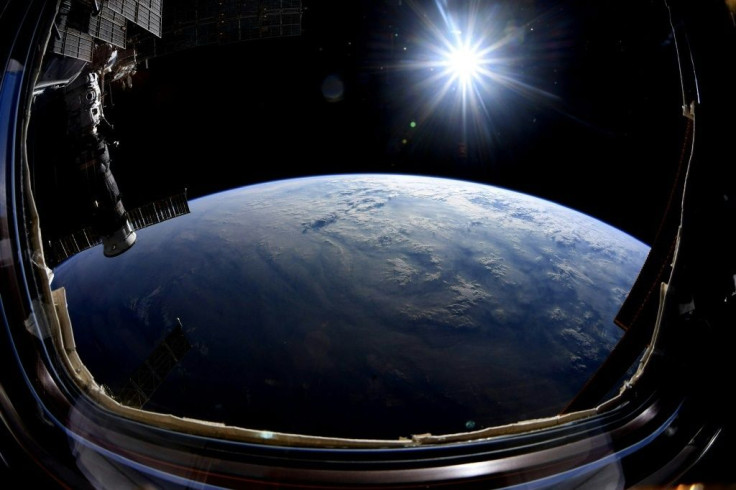Doctors On Earth Remotely Treat ISS Astronaut's Blood Clot In Space
KEY POINTS
- A case study details the case of an astronaut who got treated for blood clots in space
- There is no precedent for treating blood clots in zero gravity
- Doctors had to remotely treat the patient from Earth
- New questions opened up about how blood and bloot clots behave in space
In a case study published in the New England Journal of Medicine, the authors describe a medical incident that has no precedent but was properly resolved through telemedicine.
Blood Clot In Space
What happens when as an astronaut gets a medical emergency during a mission? It sounds like something out of science fiction movies, but as humans are pushing farther and for longer periods into space, it is becoming closer to reality.
That is exactly what happened when an unnamed astronaut developed a deep vein thrombosis, also known as a blood clot, just two months into a six-month mission aboard the International Space Station (ISS). Since it was the first time that an astronaut had a blood clot in space, so there was no precedent as to how the condition should be treated in zero gravity.
NASA then consulted a team of doctors when the blood clot was discovered, and one of them was Stephan Moll, M.D. of the University of North Carolina-Chapel Hill who immediately asked if he could go aboard the ISS to examine the patient. This was obviously not an option since it would take a while before he could get to the ISS quickly enough to help the patient, so they had to make do with having to care for the astronaut remotely.
Telemedicine
Moll and the team of NASA doctors decided to prescribe blood thinners to the astronaut, as this is the typical treatment for blood clots here on Earth. It was considered as the best option for the patient, considering the limited supply of the blood thinner Enoxaparin aboard the ISS, but Moll advised NASA on the proper dosage that would both effectively help the astronaut while also making the drug last long enough until they could get a new shipment to the ISS.
“There is some risk when taking blood thinners that if an injury occurs, it could cause internal bleeding that is difficult to stop. In either case, emergency medical attention could be needed. Knowing there are no emergency rooms in space, we had to weigh our options very carefully,” Moll said.
As such, the astronaut was treated with injected Enoxaparin for 40 days, and on the 43rd day, an oral treatment was delivered to the ISS. This treatment continued for over 90 days, but was stopped four days before the astronaut was bound to go home. This is because the ride home would be potentially dangerous, and they did not want the astronaut's use of blood thinners to cause a problem should an injury occur.
Once back home, the astronaut did not have to get further treatments for the blood clot. In the first place, the blood clot was asymptomatic and was only discovered when the astronaut checked neck veins for an experiment.
The incident showed how telemedicine, or the practice of remotely caring for patients, worked wonders to care for an astronaut on a mission. Further, it also opened up the question of how blood behaves in space, whether clotting is more common in zero gravity, and if so, if there is a need to stock the ISS with more medications for it.
“All of these questions need answering, especially with the plan that astronauts will embark on longer missions to the moon and Mars,” Moll said.

© Copyright IBTimes 2024. All rights reserved.






















